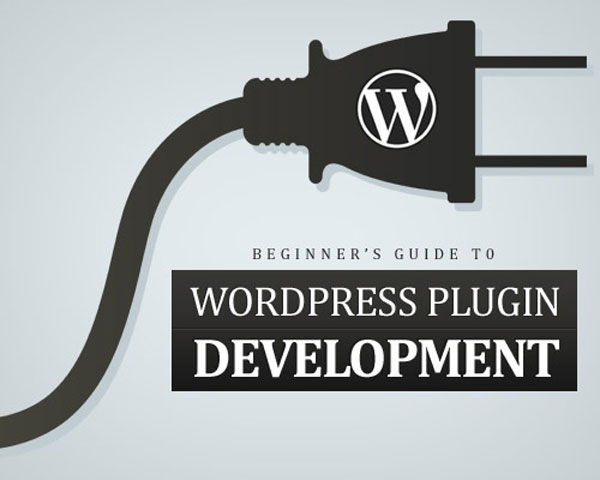
The functionality of any WordPress blog could be enhanced by using the best suited Plugin, so every user wants to build a plugin that best matches the requirements of their blog. But most of the times the best of the plugins are not found rather created. The plugin framework of WordPress is quite impressive and extends the core functionality of WordPress. Here we are providing The Ultimate Guide to Build a WordPress Plugin to enable the users to make the best use of all WordPress functions
Planning
Always plan about the functionality and needs of the plugin, try to make the things simple do not complicate the situation by building an application that is not of any use. Researching the existing plugins is always has always been a great start-up practice, it will enrich your knowledge and also give you the various ideas for improvement.
Tools
Powerful tools are an essential part of a successful WordPress plugin, a few of the must-have tools are:
Firefox– it has always been one of the most useful tools for developers across the globe.
Firefox Extensions: Web Developer and Firebug have always been the two best available Firefox extensions for designing and debugging the plugin.201
Test Environment
After gathering the tools for a plugin now is the time to set up a test environment. MySQL and Apache are being commonly used to prepare test bed on a computer. XAMPP bundles both MySQL and Apache in a simple install. Mac users may also install MAMP.
Creating a separate directory on the web-server and uploading the changes using FTP could be an alternate but slower way of creating a test environment.
Basics
A WordPress plugin could be built even without expertise knowledge of programming, all you
need is to master the basic skills and even the advanced plugins can be prepared.
Manipulate Database
Interaction with the database is crucial for all plugins, thus everyone must be aware of the way of connecting to the WordPress and accessing the data. Excellent WordPress tutorials are available on database interaction.
Spicing
Though you might do well with simple plugins but a bit of advancing won’t do any harm. Elements like CSS, Javascript, Ajax, jQuery and many more available elements can make a drastic difference in your plugin.
Options Page
Availability of versatile Options page and menu that may show choices that are configurable for the admin section of the WordPress could be one of the requirements of a plugin.
Multilingual
A convenient way of popularizing your plugin is adding the translation option. A plugin which is available in different languages is surely going to reach the masses.
Popularize
The plugin would be a hit only if it is popular and reaches as many people as possible. The official site of WordPress is still the most convenient way of promoting a plugin. The plugin can be uploaded by a simple registration process.
Above is guide of building a successful WordPress plugin, a plugin is a basic requirement that enables the complete functioning of WordPress. One may create a best suited customized plugin using the above guide.